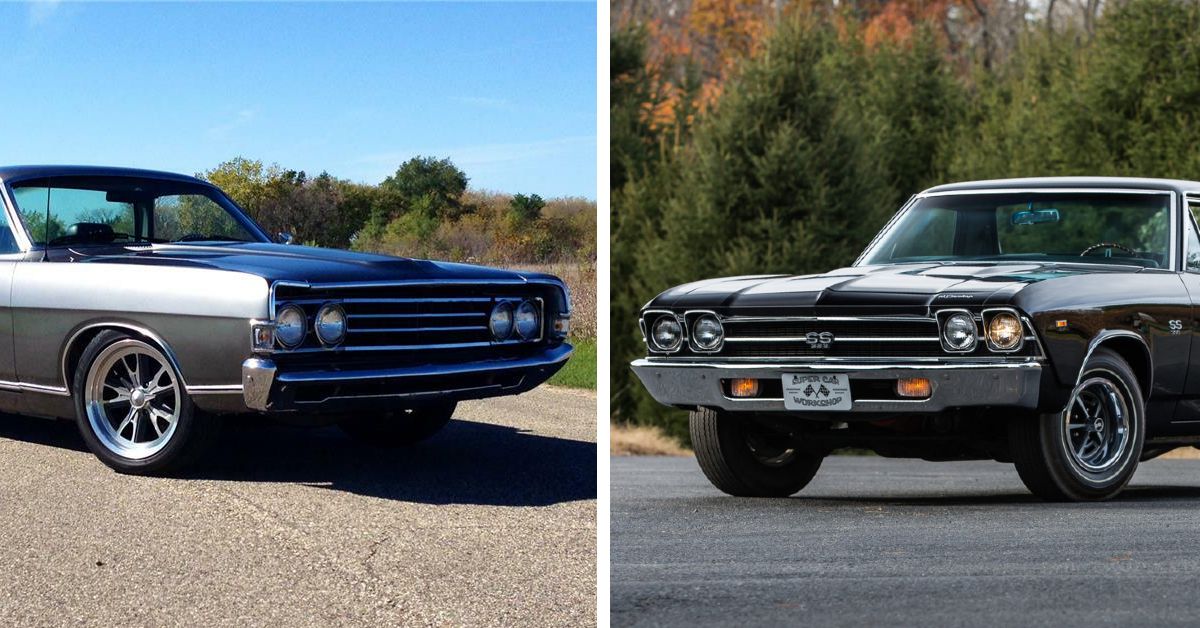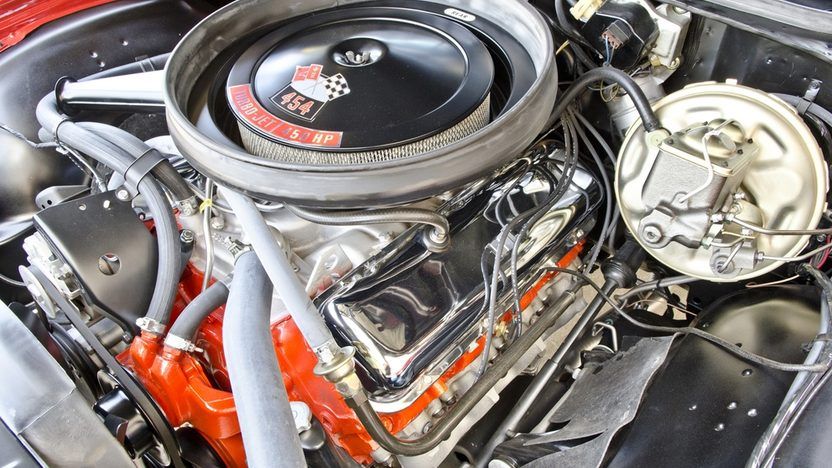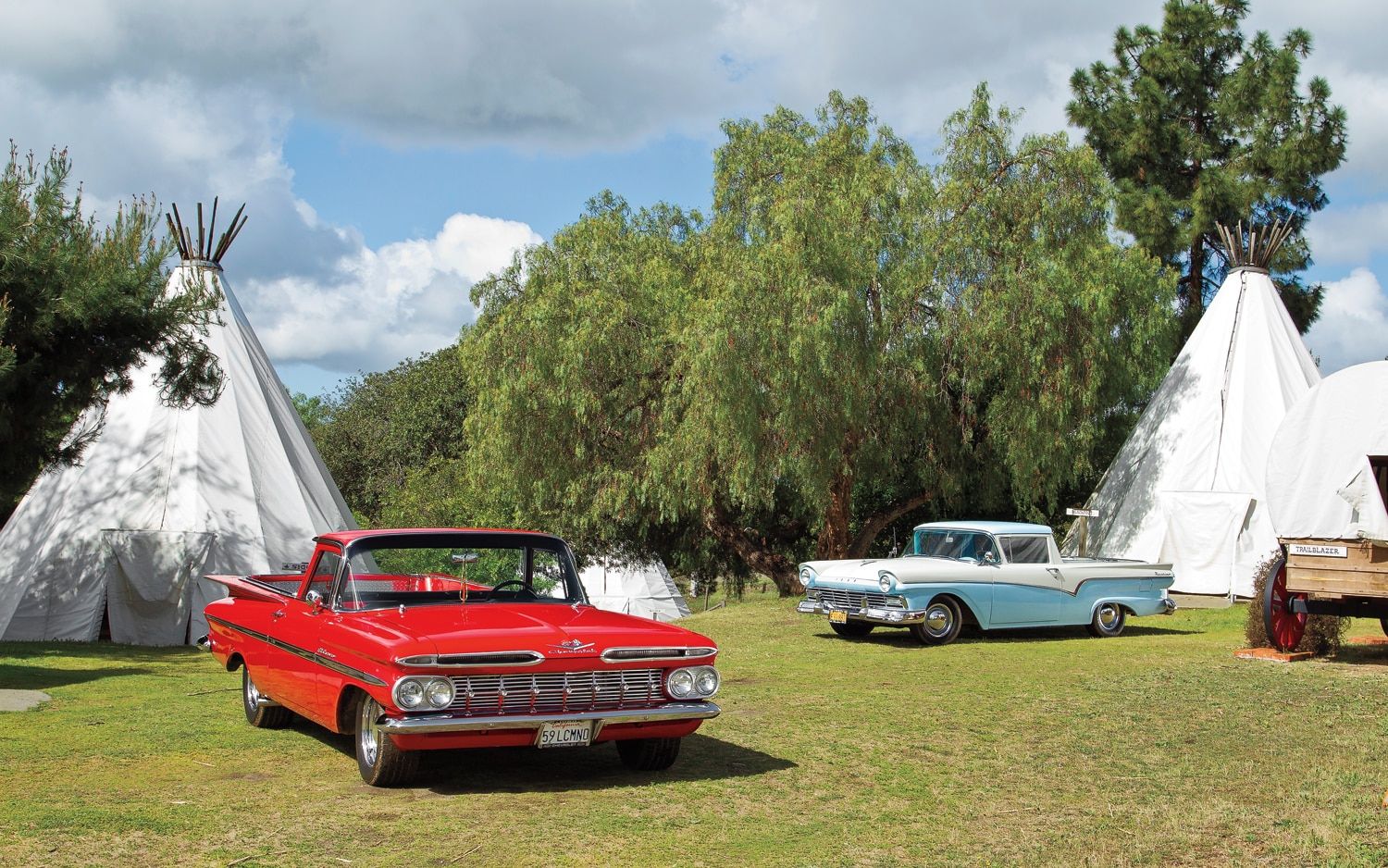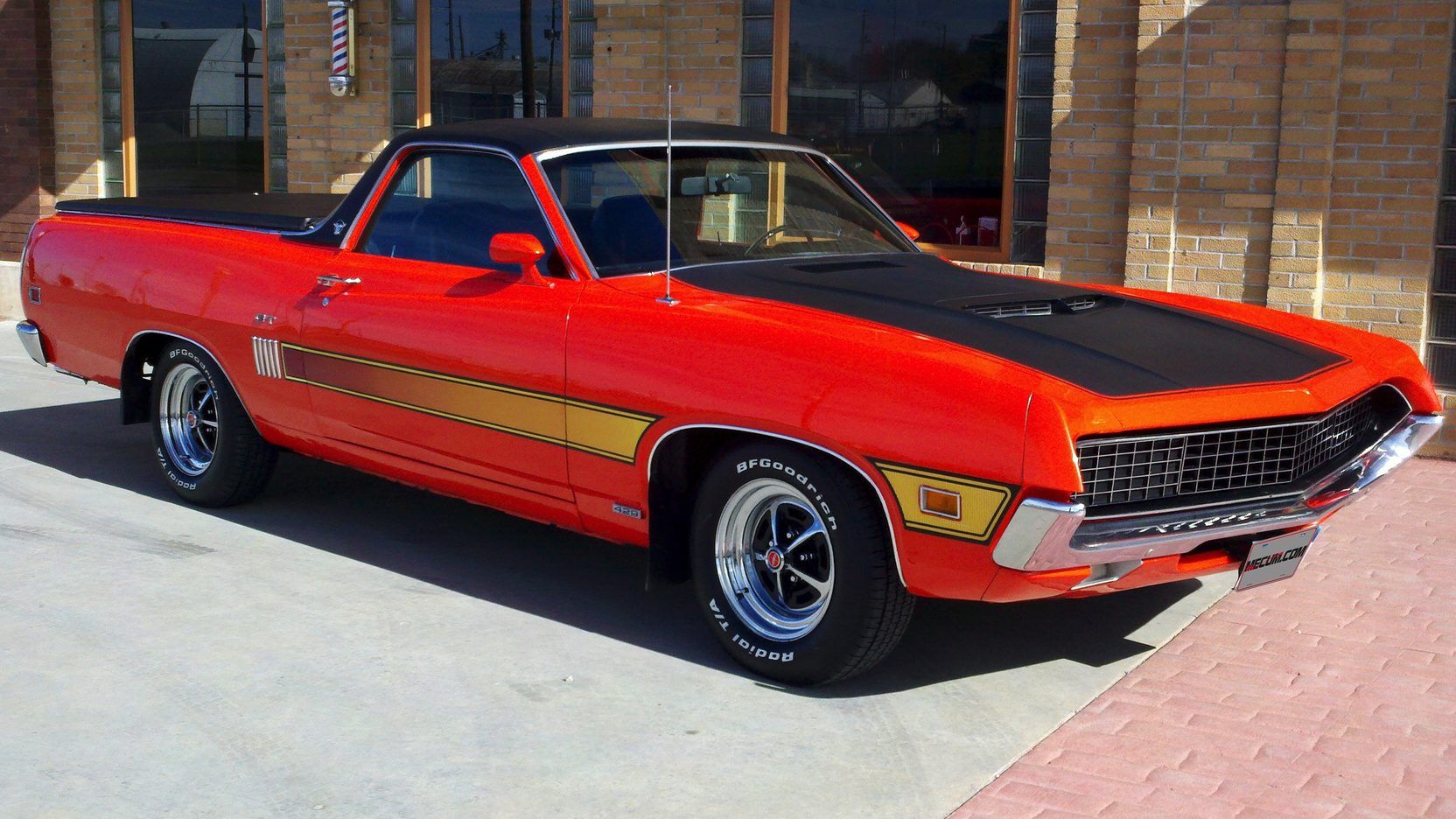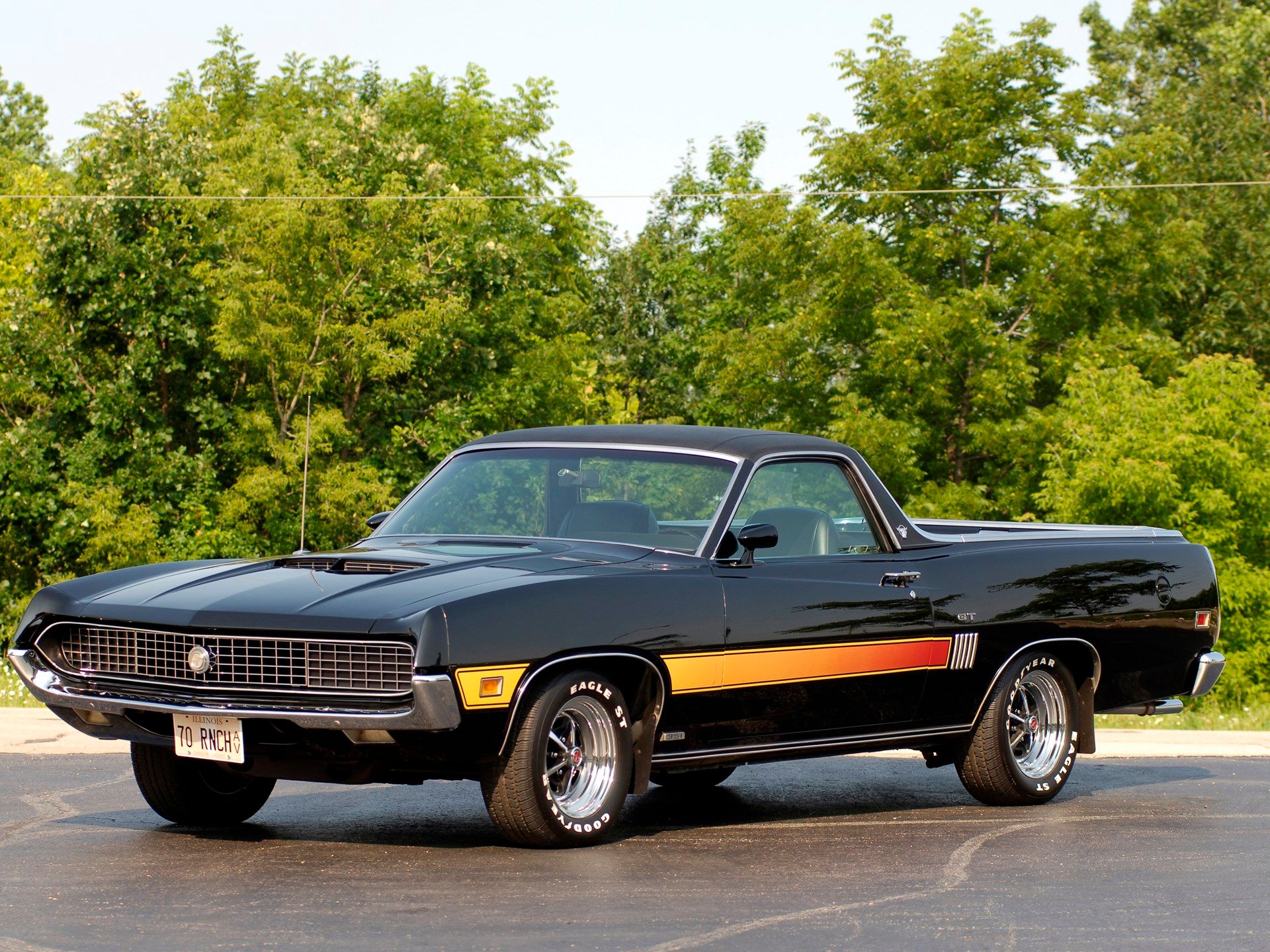When the Ford Ranchero was first introduced in 1957, it confounded everyone. Was it a car, a truck, or… both? The answer is both. Going by the name of “coupe utility,” or “Ute,” it’s more often referred to as a car-truck. Two years later, Chevrolet introduced the El Camino to a hungry audience, and it arguably perfected the Ute style. Although the utilitarian novelty had worn off a bit by 1959, both cars still had long lives and were hugely influential in the greater automobile industry.
Enough Rancheros and El Caminos found buyers to stay in production for a long time. The Ranchero lasted from 1957 to 1979, or 23 years. The El Camino was produced from 1959 to 1960, and then again on a new platform from 1964 to 1987, for a total of around 25 years. But the El Camino was still on the market for eight years longer than the Ranchero—until 1987, as opposed to 1979—which is an important factor to note.
So, the question burning in everyone’s mind: Which one was better? Much of that depends on personal preference—whether you’re a Ford or a Chevy fan.
But there are some factors that help us decide which is the hotter Ute, including the engine comparisons, body style comparisons, and sales comparisons.
Engine Comparisons
Both car-trucks came right out of the gate with powerful engines. The Ranchero’s first engine was a 223 CID I6 engine, but there was also a Y-block V8 and 352 CID FE V8 available in that first generation.
The El Camino, by comparison, also first started with an I6, but with a 348 CID V8 available, during its first short two-year run. By the time the second, redesigned El Camino came around in 1964, there were two Small-Block V8s and one 396 CID Big-Block V8 available.
Overall, if you’re going to compare engines, you should compare the biggest and best. For the Ranchero, that comes in the form of a 7.5-liter 460 CID V8 that was available only from 1974-1976, for GT models. The GT was the most powerful Ranchero, and the 460 put out 365 hp on a conservative estimate.
The El Camino, on the other hand, had a slightly smaller engine: a 7.4-liter 454 CID V8 engine, which was rated at 425-450 hp and 500 lb-ft of torque. It became available in 1970 until new emissions laws stripped power across the board.
But on brute horsepower alone, the El Camino slightly takes the edge here.
Body Style Comparisons
The first Ranchero was a full-size Ford based on the Custom sedan, the Ranch Wagon station wagon, and the utilitarian Courier sedan delivery. For 1958, it was inspired by the Thunderbird and looked slick with a new four-headlamp arrangement. The Ranchero became much smaller for the second-gen in 1960, based on Ford’s compact Falcon. By 1968, the Ranchero became the second-largest model in its existence with a Torino base. 1970 saw another restyle, making the car more boxy.
For the first short generation of the El Camino, the car-truck was based on an existing 1959 Brookwood two-door station wagon. That long, full-size Ute didn’t last long. In 1964, the new mid-size El Camino came out based on the Chevelle. It was a hot ticket and an immediate sales success. It basically matched the Chevelle’s redesigns every year thereafter, until the sharper Malibu styling in 1978.
Depending on whether you like the Torino or Chevelle more, that will decide which body style was better, but the El Camino is arguably more famous.
Sales Comparisons
With empirical data, this one is much easier to justify. The El Camino wins again here because it sold way more units. Though the Ranchero was first, the El Camino was more popular, selling nearly 1 million units overall in its approximately 25-year production period, combined to a little over half a million Rancheros.
Also, according to Hagerty, the ’68-72 El Camino is trending way up in popularity, with a HVR (Hagery Vehicle Rating) score of 83, up from 80. The Ranchero of the same era (’68-71) is in a freefall, going from an HVR of 88 to back-to-back scores of 69, to its current low of 50.
The median value for a ’69-72 El Camino is $25,100, compared to $19,100 for the ’68-71 Ranchero. The El Camino received a big boost here from increased private sales activity. A good comparison year is 1972—a great year for both cars—when the El Camino sold 20,000 more units than the Ranchero.
Overall Best Ute
Based on these three metrics: engine, style, sales, the El Camino is the clear winner. But subjectivity is important: some people will only ever buy Rancheros and will never step inside an El Camino, and vice versa.
Either way you look at it, you can’t go wrong! Both of these car-trucks have cult-like followings, and that’s not going to change anytime soon.

